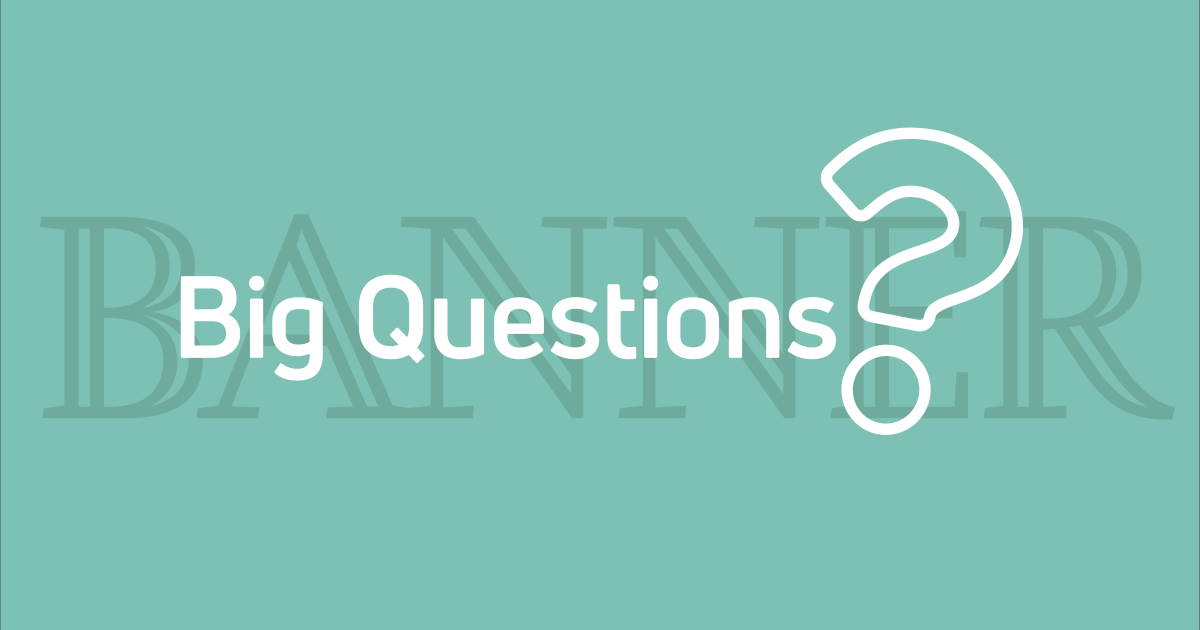
Navigating Family Communication During Health Crises: Strategies for Staying Connected
Health crises can profoundly impact family dynamics, often laying bare the inefficiencies in communication channels. While modern technology offers an array of tools designed to bridge gaps in connectivity, the challenge remains: how to construct a cohesive communication strategy that accommodates the diverse preferences and comfort levels of family members.
Consider the scenario of a family collectively faced with a loved one undergoing major surgery. For instance, when my mother, a widow, had valve replacement surgery, her children and grandchildren were divided between local and distant locations, all of whom sought timely updates on her condition. The initial attempts at communication, however, proved to be troublesome. Some family members felt inadequately informed, while others were overwhelmed by excessive details. The situation was complicated further by differing preferences regarding the tone and style of communication—some appreciated lighthearted updates punctuated with emojis, while others preferred a more straightforward approach.
To address this challenge, I sought advice from a close friend, Jaci, who is a healthcare professional. She shared insights from her own family’s experience when caring for a parent with cancer. Jaci and her siblings designated two members with the most healthcare knowledge as the primary contacts for managing information flow between the family and medical specialists. They attended hospital appointments together, listened attentively during medical updates, and then disseminated the most relevant information through a group text or email. A geographically closer sibling contributed by providing regular updates from in-person visits, creating a well-rounded narrative of their parent’s condition. According to Jaci, this dual approach not only kept everyone informed but also ensured they coordinated efforts to meet their parents’ needs effectively.
To foster a seamless communication process during such challenging times, it is imperative to initiate a conversation early on in the crisis, determining the preferred modes of communication for each family member. Choosing a singular platform—be it a group text, email thread, or messaging app—simplifies information distribution. Additionally, clarifying roles within the family can streamline communication; deciding who will take the lead in updating others and establishing a hierarchy for information sharing will minimize redundancy and confusion.
Ultimately, caring for a loved one during a health crisis is a time-consuming endeavor. By adopting a structured approach to communication, families can alleviate some of the burdens associated with keeping everyone informed, allowing them to focus more on providing care and emotional support during a difficult time.



